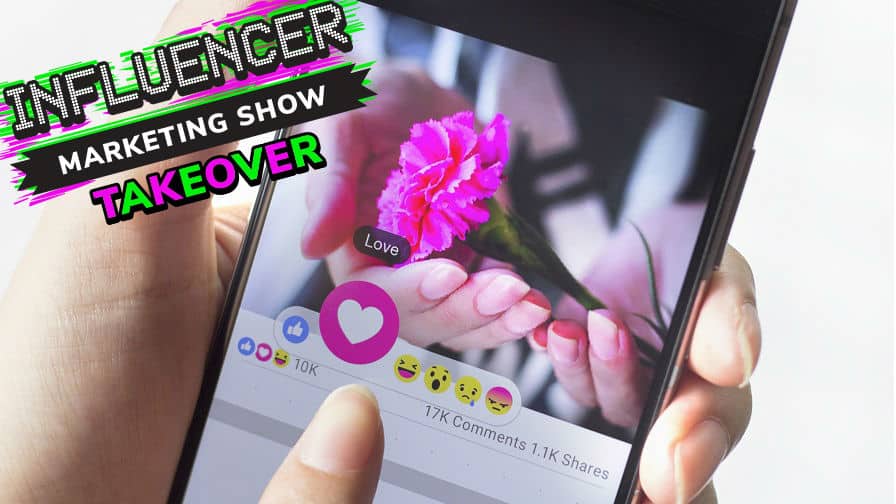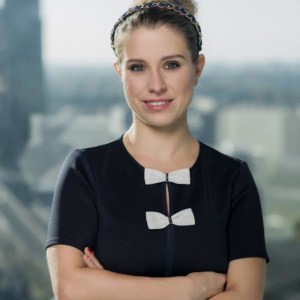For brands and agencies, the world can be your oyster when it comes to influencer marketing. By its nature, social media draws people together around a set of common interests which they share within their personal communities, enabling you to access the attention of an engaged audience base for your brand.
Many of the most successful brands of the last few years such as the Dollar Shave Club or Kiehl’s have not relied on traditional advertising but taken a social-led approach. They recognise that it’s not just about reaching eyeballs but engaging hearts and minds with a particular brand philosophy. And, challenger brands such as these can’t afford a full multichannel strategy, nor do they see huge value in it compared to the relatively lower-cost of an influencer strategy.
However, despite an increasingly globalised world, it’s worth remembering how different approaches to social media and influencers marketing can be in each market.
MENA
More than one authority has deemed 2017 to be the “year of influencer marketing” yet brands cannot apply a “one-size-fits-all” approach. The complexity of the sector is something indaHash US team is well aware of. In their market (and many others), each brand or client handles influencer marketing through a different team – digital, social, content, PR or creative which can make finding decision-makers challenging.
Perhaps surprisingly, despite the sophistication and maturity of the market, clients take a much more hands-on approach, approving every piece of content before publication. The emphasis on brand safety means that the advent of automation technology in influencer marketing can be slightly scary for some of our clients. In this case, our the human moderation teams take on increased importance here, taking the heavy lifting of monitoring content for quality and fit to brief so clients can sleep easy. This is a trend we see more widely across major markets with larger advertisers operating under a global mandate compared to smaller, regional brands which are more willing to take risk to compete against slower, larger competitors.
In contrast, less mature media markets such as MENA have embraced a technology-led approach. In Dubai, particularly, technology start-ups are finding a good home to nurture their business. With around 200 different nationalities living and working in the region, automation can help brands identify the most appropriate influencers and audience for their message. The trend across the region is most definitely mobile-led with e-commerce (encompassing online shopping and app-based products and services) at the heart of the consumer battleground for trusted recommendations and reviews.
Underpinning this is a strong design influence, most notably with the recent addition of the Dubai Design District (D3) intended to become the next global fashion capital with billions of dollars of planned investment. This means that fashion, beauty and lifestyle brands have significant opportunity through this creative ecosystem. Also, as a hub for business, Dubai consumers tend to be time-poor and cash-rich and use social influencers to clue them in on the best places to eat and drink – making food and beverage brands top users of influencer marketing. Building relationships with the right influencers is key here and the market is rather saturated with “rich kids of Instagram”, making it important to establish who is a genuine influencer with real engagement.
South Africa
Smartphone penetration is a key factor in the success of the sector as South Africa has leapfrogged many other markets and resulting in over-indexing against global stats. The average South African spends more time on social media than the global average making it a significant player in influencer marketing. In fact, social networks are second only to direct search as a means of purchasing research.
As a result, almost every sector of consumer good is ripe for an influencer-led approach. However, influencers still rely quite heavily on still imagery rather than video at this stage of development.
This contrasts markedly from markets like the UK where easy access to software and tools mean that most people can create content that rivals big creative agencies just using their phones. As a result, video seeding or creation by influencers is a growing area of business. Video seeded via influencers can outperform a brand’s own channels on engagement rates by 4-11%.
Such is the demand for influencer generated content (IGC) we are seeing clients run campaigns with a CPCon (Cost Per Content) model and using the content produced for both on and offline campaigns and within a programmatic strategy.
APAC
While FMCG brands were first to embrace influencer marketing, certain regions have seen a notable opportunity for more conservative brands to use social media. In Germany, tight regulation around pharmaceutical advertising can make it a challenge to convey the benefits of over the counter medicines. With companies like indaHash, clients can use influencers in marketing campaigns while directly monitoring engagement and comments to ensure they are able to communicate with audiences and move quickly to redress inaccuracies or reassure consumers.
In indaHash’s newest market, Singapore, banking and insurance are set to be also important players in the sector. The average consumer there has six credit cards and as such competition for cut-through among providers is fierce. Influencers provide a great platform for financial services brands to differentiate themselves and convey the features and benefits directly to their target audience. Asia Pacific, together with Africa, has one of the highest birth rates in the world and as a result parenting brands use influencers to reach the hard to reach new mothers’ audience.
Economic, demographic and cultural nuances can affect how and when brands should deploy influencer marketing. However, regardless of geography, we see a global trend towards brands seeking to engage with audiences via social media. This is due to the high engagement rates for such campaigns, especially with the mid-tier “power users” of the internet with audiences from 1,000 to 100,000. Consumer attention is shifting away from traditional media towards digital channels.
For many clients, influencer marketing can fit on any media plan as a more organic, authentic way to get their comms or content out there where the audience is already in place. The influencers indaHash works with enjoy tight-knit followings around shared passions and interests. As a result, they have a high degree of trust from their audience and so are a powerful platform for authentic brand communications – across the world.

